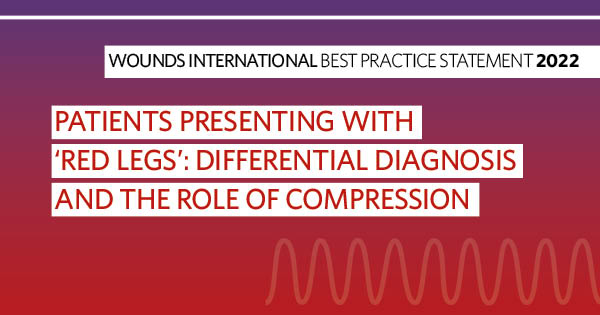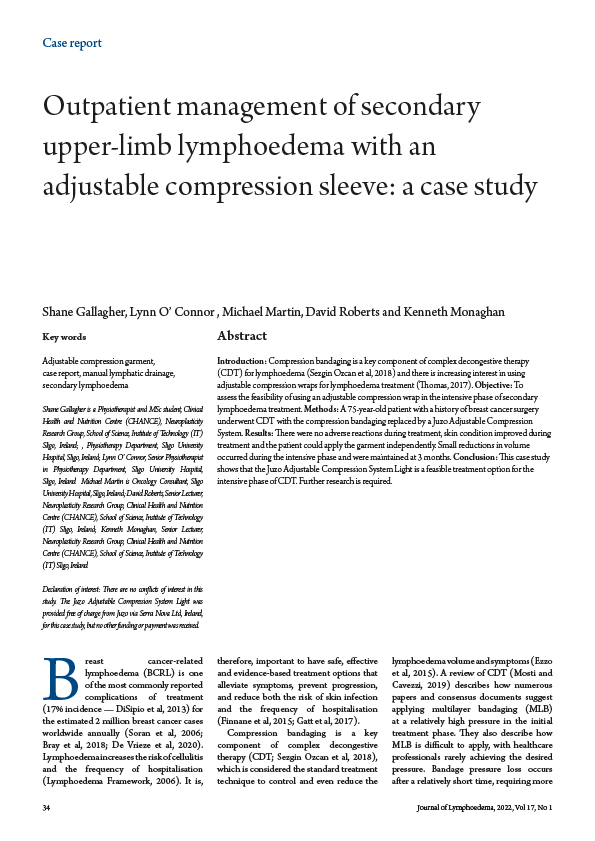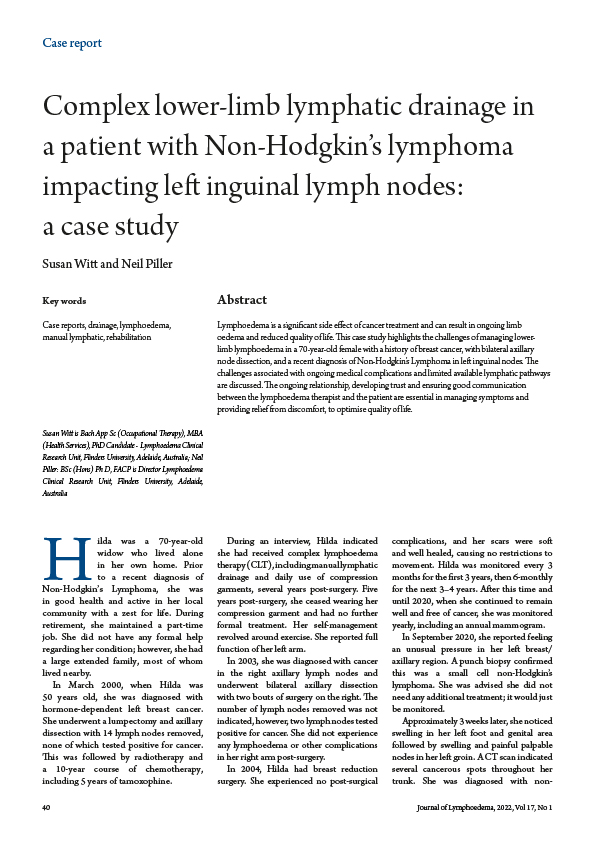<p>Background: Visualisation of the lymphatic system is a challenging task. Recently, an indocyanine green (ICG) fluorescent lymphography system was developed for visualising the lymphatic vessels. ICG emits energy in the near-infrared region between 840 and 850 nm when it is bound to protein in the tissue.</p>n<p>Aim: To use ICG fluorescent lymphography to identify locations of the lymphatic vessel for lymphovenous shunt. Methods: The lymphatic anatomy in the upper extremity was investigated using ICG fluorescent lymphography in 3 healthy volunteers and 15 patients with breast cancer-related lymphoedema prior to them undergoing lymphaticovenular bypass.</p>n<p>Results: In healthy volunteers, fluorescent images of lymphatic vessels emerged at the dorsal hand as a shiny linear pattern and ran longitudinally towards the proximal arm after a few minutes. In lymphoedema patients, the lymphatic vessels could be identified at the dorsal hand, but the appearance of the lymphatic structure varied between patients.</p>n<p>Conclusions: ICG fluorescent lymphography allows for the prompt identification of the lymphatic vessels and has the potential to improve the outcomes of lymphovenous shunt operations and for use as a diagnostic tool.</p>n<p>Declaration of interest: None.</p>





